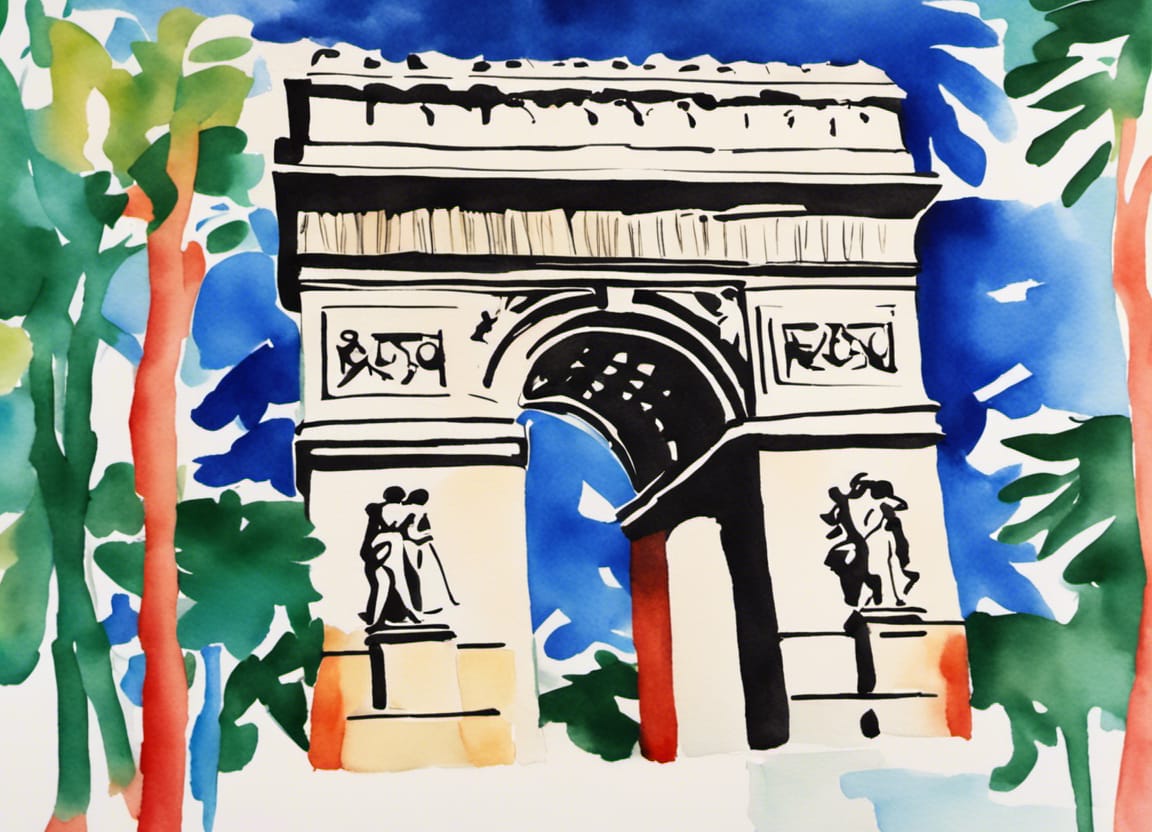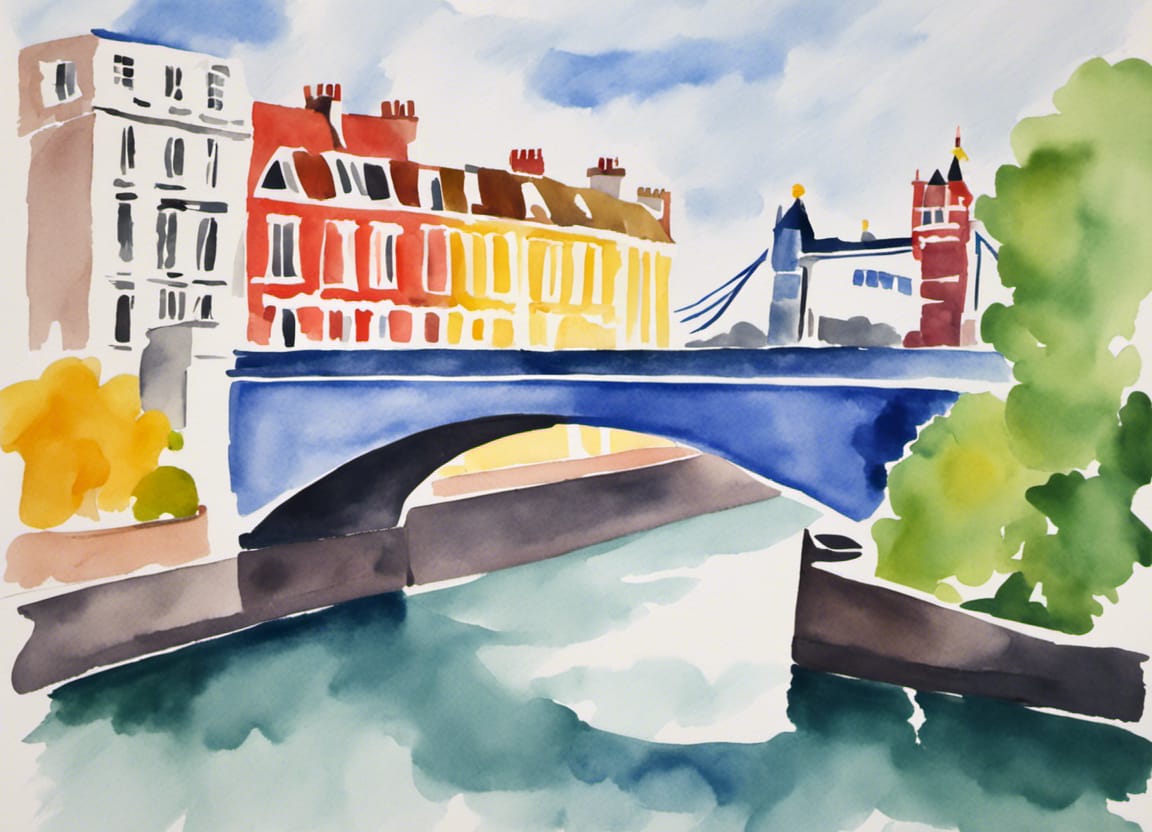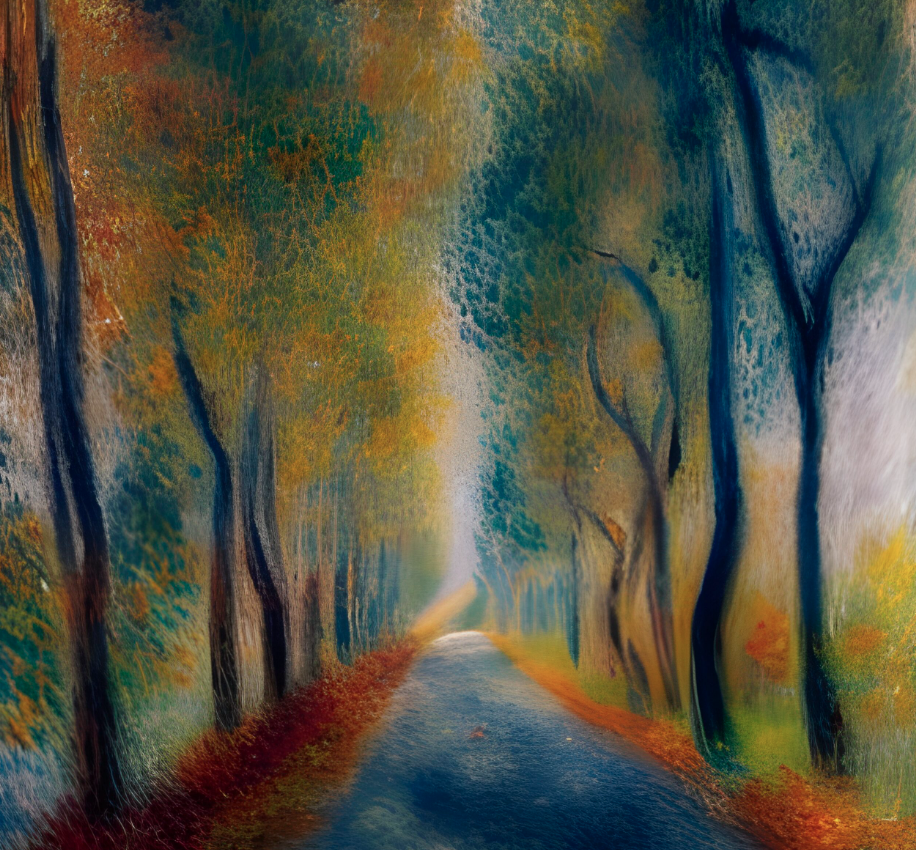Artificial Intelligence in Arts is a rapidly growing field that is pushing the boundaries of creativity and innovation. By harnessing the power of machine learning and neural networks, AI art is being used to create new and exciting works of art that would be impossible for humans to create on their own.

History of AI Art
The history of AI art can be traced back to the early days of computer science. In the 1950s and 1960s, computer scientists began to experiment with using computers to generate art. These early experiments were often simple and abstract, but they laid the foundation for the more sophisticated AI art that is being created today.
In the 1970s and 1980s, AI art began to gain more attention from the art world. Artists began to use AI to create new and innovative works of art that challenged traditional notions of what art could be.
In the 1990s and 2000s, the development of more powerful computers and AI algorithms led to an explosion of AI art. AI artists began to use AI to create works of art that were indistinguishable from human-created art.
Today, AI art is a recognized and respected form of art. AI artworks are displayed in galleries and museums around the world, and AI artists are winning prestigious awards.
Techniques of AI Art
AI artists use a variety of techniques to create their art. Some of the most common techniques include:
- Generative adversarial networks (GANs): GANs are a type of AI algorithm that can be used to generate new images from scratch. GANs work by pitting two neural networks against each other. One neural network, the generator, creates new images. The other neural network, the discriminator, tries to distinguish between the real images and the generated images. The generator learns from its mistakes and eventually starts to create images that are indistinguishable from real images.
- VQGAN+CLIP: VQGAN+CLIP is a new AI model that can generate high-quality images from text prompts. VQGAN+CLIP works by combining two existing AI models, VQGAN and CLIP. VQGAN is a generative model that can create new images from scratch. CLIP is a discriminative model that can tell the difference between real images and generated images. VQGAN+CLIP combines the strengths of both models to create images that are both realistic and visually appealing.
- Style transfer: Style transfer is a technique that uses AI to transfer the style of one image to another. This can be used to create new and unique works of art, or to simply change the look and feel of an existing image.
- DeepDream: DeepDream is a Google AI project that uses neural networks to create psychedelic images. DeepDream works by feeding an image into a neural network that has been trained on a large dataset of images. The neural network then generates a new image that is based on the original image, but with a psychedelic twist.
Applications of Artificial Intelligence
AI art is being used in a variety of applications, including:
- Fine art: AI is being used to create new and innovative works of fine art. These works of art are often displayed in galleries and museums around the world.
- Commercial art: AI is being used to create commercial art for a variety of purposes, such as advertising, marketing, and product design.
- Entertainment: AI is being used to create art for video games, movies, and other forms of entertainment.
- Education: AI is being used to create educational tools and resources that can help students learn about art and creativity.
Examples of AI Art
Some notable examples of AI art include:
- DeepDream: A Google AI project that uses neural networks to create psychedelic images.
- Artbreeder: An online platform that allows users to create AI-generated art.
- VQGAN+CLIP: A new AI model that can generate high-quality images from text prompts.
- The Next Rembrandt: A Dutch AI project that used AI to create a new painting in the style of Rembrandt van Rijn.
- Edmond de Belamy: A portrait of a fictional man that was created by AI and sold at auction for $432,500.
Table of AI Art Techniques
| Technique | Description | Example |
|---|---|---|
| Generative adversarial networks (GANs) | A type of AI algorithm that can be used to generate new images from scratch. | This GAN generates new images of human faces that are indistinguishable from real faces. |
| VQGAN+CLIP | A new AI model that can generate high-quality images from text prompts. | This VQGAN+CLIP model can generate images of anything you can imagine, from landscapes to animals to abstract art. |
| Style transfer | A technique that uses AI to transfer the style of one image to another. | This style transfer tool allows you to transfer the style of any image to any other image. |
| DeepDream | A Google AI project that uses neural networks to create psychedelic images. | This DeepDream tool allows you to create your own psychedelic images. |
Quotes about AI Art from Artists
Here are 10 quotes about AI art from artists and experts:
- “Generative AI is the most powerful tool for creativity that has ever been created. It has the potential to unleash a new era of human innovation.” – Elon Musk[2].
- “I keep being asked about AI art, it fills my comment sections on YT and many of you have messaged me directly, clearly worried about it.” – Marc Brunet[3].
- “My parting words to artists of any yoke is to get familiar with AI and see whether or not it can help you. You don’t have to use it.” – Craig Boehman[4].
- “I’m very much in favor of AI and I use it to create pieces that are typically conceptual or expressive. But these aren’t the only reasons why I love using AI to create art.” – Craig Boehman[4].
- “The use of AI in art should not be viewed as a threat to human artists, but rather as a way to expand the art world and bring in new.” – Rhett Ullmann[5].
Citations:
[1] https://bernardmarr.com/28-best-quotes-about-artificial-intelligence/
[2] https://skimai.com/10-quotes-by-generative-ai-experts/
[3] https://twitter.com/ytartschool/status/1559954542778728450
[4] https://craigboehman.com/blog/in-defense-of-ai-art
[5] https://www.linkedin.com/pulse/great-artists-steal-defense-ai-art-rhett-ullmann
FAQs
- Q: Can AI art be considered real art?
- A: This is a matter of opinion. Some people believe that AI art is not real art because it is created by a machine, while others believe that it is just as valid as art created by a human.
- Q: Will AI replace human artists?
- A: It is unlikely that AI will completely replace human artists. However, AI may change the role of artists in the creative process.
- Q: What are the ethical implications of AI art?
- A: Several ethical issues need to be considered when using AI to create art. These issues include copyright, ownership, and the potential for AI to be used to create biased or harmful content.
Conclusion to AI Art 101
Artificial Intelligence in Art is a rapidly evolving field with the potential to revolutionize the way that art is created and appreciated. As AI technology continues to develop, we can expect to see even more amazing and innovative works of art created by AI.
I hope this comprehensive introduction to AI art has been informative and engaging. If you have any questions, please feel free to leave a comment below.


